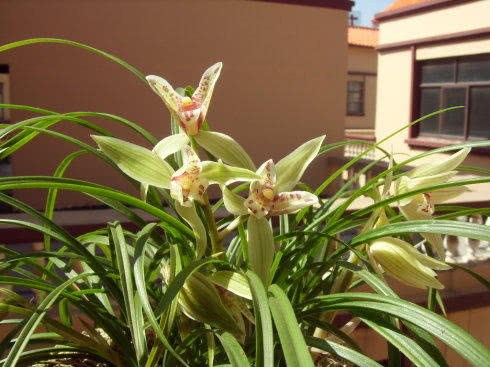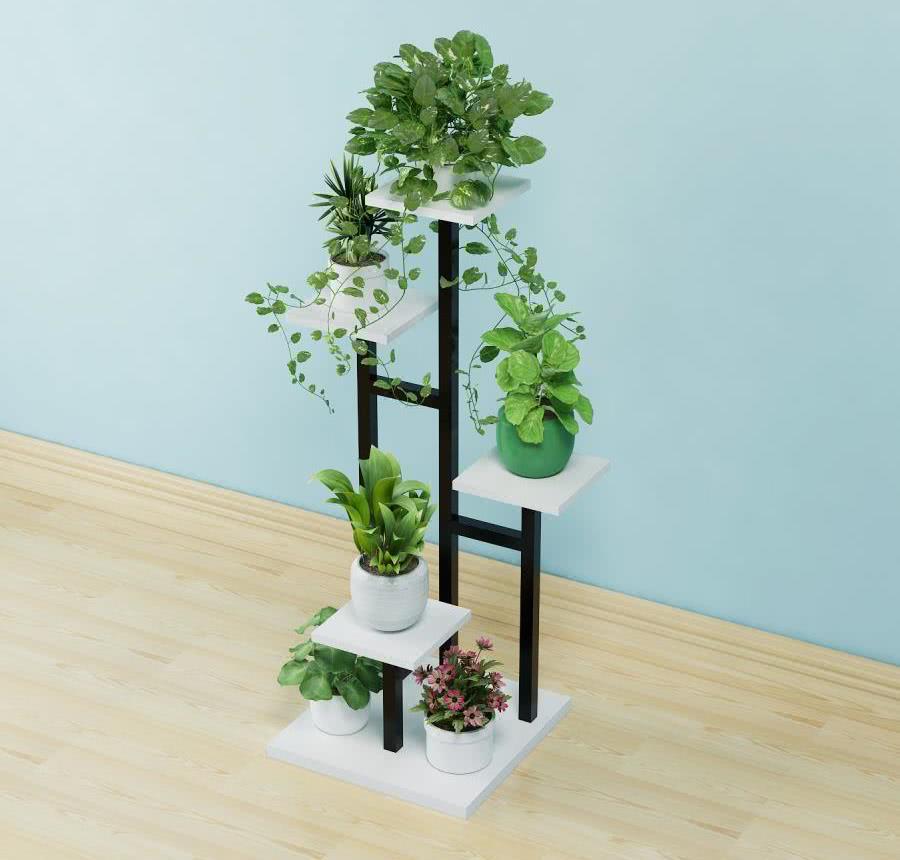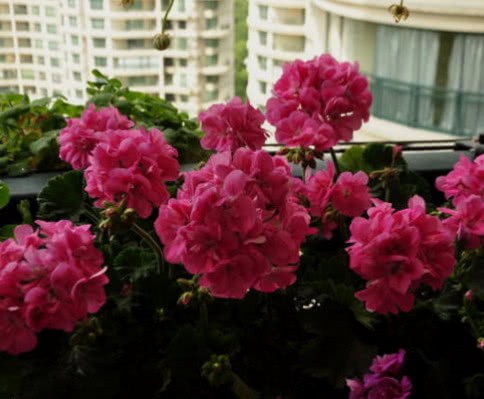What if orchids don't blossom? Only if the orchid is strong, are you not afraid that the orchid will not bloom?

Many orchids like to raise orchids and look forward to the moment when orchids bloom, but what makes many orchids headache is that orchids grown at home do not blossom. As the saying goes: three points of planting, seven points of cultivation, this is the ancient experience of raising orchids. Maintenance is related to whether orchids are luxuriant and blossom.
Cymbidium blossoms in 5 leaves and Cymbidium in 7 leaves. This fully illustrates the physiological characteristics of orchid flowering, only to make the orchid strong, but also not afraid of orchid blooming. From the internal and external causes of orchid flowering, the conditions of flowering are analyzed.
I. the internal causes of orchid flowering
The main results are as follows: 1. after the vegetative growth stage, the orchid grew to the proper size and height of the species, and the aboveground and underground parts coordinated, unblocked and intact, which reached the condition of flower primordium in preanthesis maturity.
2. Orchids accumulate enough organic nutrients to meet the needs of flowering, mainly the content and proportion of carbon and nitrogen compounds, which are beneficial to bud flowering.
3. The adjustment and transfer of growth hormone in orchids. According to the measurement, when the level of auxin in orchids is high, the orchids show exuberant state. On the contrary, when the level of auxin is low and the levels of mitogen and gibberellin are high, it is beneficial to flower bud differentiation and flowering, so in the period of flower bud differentiation, the growth hormone in orchids must be adjusted and transferred.
External conditions for flowering of orchids
1. Temperature difference
If you want orchids to bloom, temperature difference is a necessary condition, which is why orchids bloom more luxuriantly in winter. The temperature difference between day and night is about 10 degrees Celsius, that is, 18 to 21 degrees Celsius during the day and 7 to 10 degrees Celsius at night.
2. Watering
Orchid maintenance must be well controlled watering, too much moisture, easy to cause orchids to grow, of course, will not grow buds, generally with bamboo sticks to test the humidity of the pot soil, because the humidity is different in different areas, the amount and frequency of watering is also different. One-third of the bottom of the basin soil is wet, so it is necessary to consider watering. If there is too little water, it is easy to cause the phenomenon of flower bud.
3. Fertilization
The orchid likes to be fat, but because the orchid root is thick and long, there is no fibrous root, and the root fungus is symbiotic. Therefore, during the growth period, the root cells provide organic nutrients, first supplying the root fungi, and then the root fungi absorb mineral nutrients from the outside to supply the plant. To accelerate the growth and flowering of spring orchids, we must rely on fertilization. Timely and appropriate fertilization is an important link in the cultivation of orchids. The nutrients absorbed by orchids from the soil are nitrogen, phosphorus, potassium, calcium, magnesium, sulfur, iron and trace elements zinc, manganese, copper, molybdenum, boron and so on. If an appropriate amount of these elements can be supplemented in the soil, it is very beneficial to the growth and flowering of orchids.
4. Lighting
Sufficient light is not only a necessary condition for the gestation of flower buds, relatively sufficient sunlight can deepen the red, dark red and yellow colors when blooming. For orchid plants with green or white flowers, the light intensity should be reduced as soon as possible when the bud appears, so as to ensure that the color of the flowers is more elegant, and then re-give more light after flowering.
Orchid flowering is a complex physiological process, which is restricted by many factors of internal and external factors. Only by mastering habits and understanding mechanism, due to timing, pot and plant timely artificial regulation, all the necessary conditions for flowering can be met in order to blossom as desired.
Thank you for reading the article, if you find it helpful, you are welcome to follow and forward it. This article comes from the original contribution of Fish Milan Flower, please contact the official account of Fish Milan Flower for reprint!
- Prev

Put a pot of potted plants in the living room to decorate the living room.
Tortoise back bamboo leaves, year-round green, very shade-resistant, it can absorb indoor carbon dioxide. Brown bamboo is known as Guanyin bamboo, Jintou bamboo, palm bamboo, dwarf palm bamboo. Palm bamboo belongs to evergreen foliage plants. ...
- Next

Frosts Descent is coming to these three kinds of flowers, cut them quickly and miss them for another year.
With the improvement of people's living standards, more and more people like to plant one or two pots of flowers at home. In fact, this is mainly because in the process of growing flowers, they can not only cultivate themselves, but also play a role in decorating space and purifying the air.
Related
- Wuhan Hospital Iron Tree Blooming Result Was Instantly Frightened by the Gardener Master
- Which variety of camellia is the most fragrant and best? Which one do you like best?
- What is the small blue coat, the breeding methods and matters needing attention of the succulent plant
- Dormancy time and maintenance management of succulent plants during dormancy
- Minas succulent how to raise, Minas succulent plant pictures
- What are the varieties of winter succulent plants
- How to raise succulent plants in twelve rolls? let's take a look at some experience of breeding twelve rolls.
- Attention should be paid to water control for succulent plants during dormant period (winter and summer)
- Watering experience of twelve rolls of succulent plants
- Techniques for fertilizing succulent plants. An article will let you know how to fertilize succulent plants.

